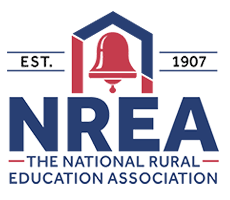Abstract
Schools in 47 high-poverty school districts located mostly along the Atlantic Coast of North Carolina, South Carolina, and Virginia may have a head start on new requirements of the No Child Left Behind (NCLB) Act of 2001, thanks to a $6 million grant from the National Science Foundation. Begun in April 2000, the five-year Coastal Rural Systemic Initiative (CRSI) is striving to stimulate sustainable systemic improvements in science and mathematics education in school districts with a long history of low student expectations, persistent poverty, low teacher pay, and high administrator turnover. The CRSI capacity-building model is designed to address issues in rural school districts that traditionally limit the capacity for creating sustainable improvements in math and science programs. A critical action step is that each school district must sign a cooperative agreement to establish Continuous Improvement Teams (CITs) at the district and school levels. These CITs represent a fundamental system capacity-building change in how decisions are made at the school and district levels—a change that is also fundamental to creating lasting improvements in math and science education programs.
Creative Commons License

This work is licensed under a Creative Commons Attribution 4.0 International License.
Recommended Citation
Blanton, R. E.,
&
Harmon, H. L.
(2005).
Building Capacity for Continuous Improvement of Math and Science Education in Rural Schools.
The Rural Educator, 26(2), 6-11.
https://doi.org/10.35608/ruraled.v26i2.510



